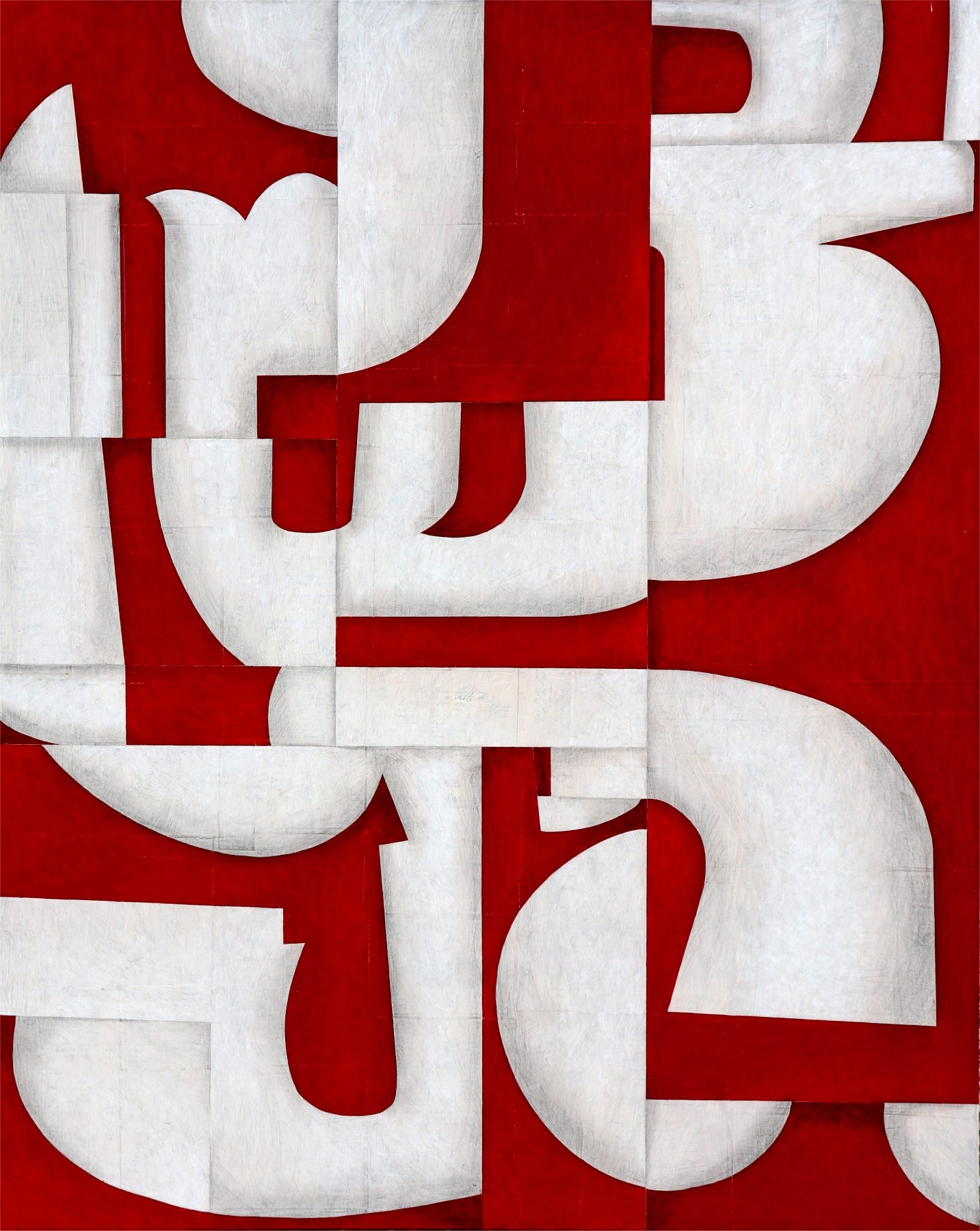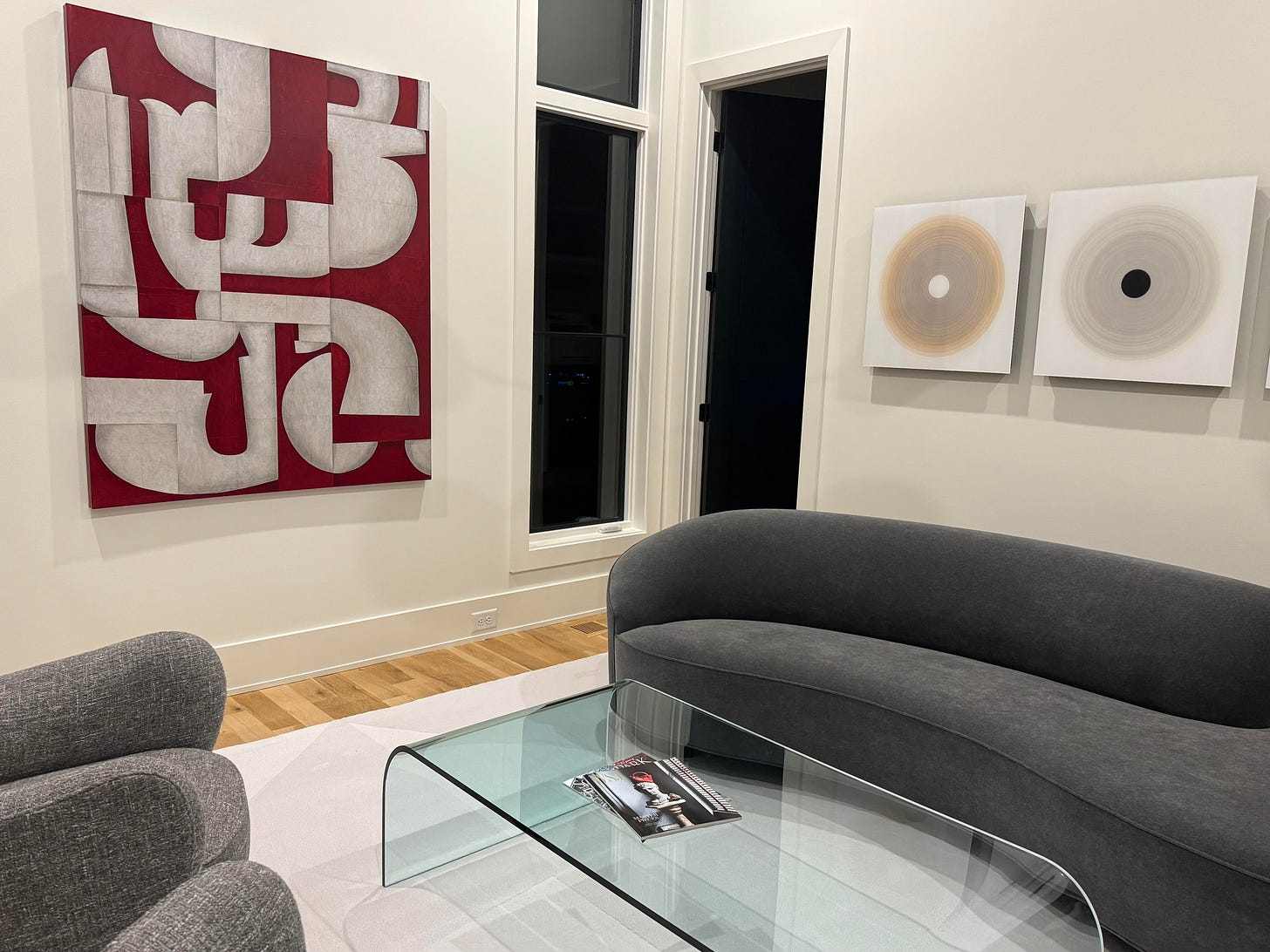Knowing It and Living It in the Life of an Artist
Journal Entry: Monday, December 9, 2024
Knowing It and Living It in the Life of an Artist
For artists, the divide between knowing and living can be especially stark. Many creators spend years studying their craft—learning techniques, dissecting the works of masters, and understanding the principles of composition, color, and form. But knowing these things doesn’t necessarily make one an artist. Living them does.
The journey from knowledge to living is the artist’s truest test. It’s not about how much you’ve studied or what you know theoretically; it’s about how you bring that knowledge to life in your practice, how you face the blank surface, and how you push yourself to create when inspiration feels distant.
The Allure of Knowledge in Art
Artistic knowledge is seductive. It feels safe to immerse yourself in art books, attend workshops, or watch endless tutorials. These activities create the illusion of progress, offering the comfort of being “involved” without the vulnerability of actual creation. You might know all the techniques of chiaroscuro or the theory of color harmony, but until you apply them in your work, they remain abstract potential.
The difference is profound: reading about a brushstroke and wielding a brush are two entirely different experiences. The former is intellectual; the latter is visceral. Knowing how to express emotion and intuition through art and actually doing it—pouring your raw feelings into the work—are worlds apart.
Why Artists Struggle to Live It
Living as an artist means embracing action, experimentation, and, most importantly, failure. Here’s why the transition from knowing something to living it is so challenging for creatives:
Fear of Imperfection: Many artists hesitate to begin because they fear their work won’t live up to their ideals. This gap between what they know and what they can execute becomes paralyzing.
Comfort in Preparation: Learning feels productive. It allows you to stay in a controlled environment, avoiding the messiness of experimentation and the vulnerability of sharing your work.
Emotional Vulnerability: True art often demands that you put your inner self on display. Living it means being open to critique, rejection, or even misunderstanding.
Bridging the Gap for Artists
How can artists move from knowing their craft to truly living it?
Create Daily, Even in Small Ways: The act of creating regularly turns theory into habit. Sketch something, mix colors, or write a line of poetry. Living it doesn’t require a masterpiece—it requires consistency. You have to put in the hours. I always tell my kids, ‘It’s not the years its the hours.”
Embrace the Ugly Stage: Every piece of art goes through an awkward phase. Living as an artist means accepting this part of the process and pushing through it. When you do this over and over again you get better and better at it and your confidence goes up.
Limit the Consumption of Knowledge: While learning is essential, overloading on information can be a crutch. Balance study with creation. For every hour spent learning, commit at least an hour to making.
Seek Feedback: Share your work with trusted peers or mentors. Living your art means engaging with others, hearing perspectives, and refining your voice.
Reflect on Your Process: Take time to assess whether your actions align with what you’ve learned. Are you applying what you know, or merely collecting knowledge?
The Rewards of Living Your Art
When you live as an artist, your work takes on a life of its own. Theories and techniques you once studied become second nature, flowing intuitively into your creations. You begin to see beyond the rules, using them as a foundation rather than a limitation.
Living your art also brings authenticity. When you express what you feel and know through your work, it resonates more deeply with others. The world doesn’t need another copy of the Mona Lisa; it needs your unique perspective, informed by what you know but expressed through what you live.
Knowledge Versus Practice: A Creative Journey
The difference between knowing and living is the difference between being an art student and being an artist. A student gathers knowledge, but an artist applies it. A student observes, but an artist experiences.
So, the next time you find yourself lost in a book about technique or watching yet another tutorial, pause and ask yourself: Am I living it? Because as an artist, the studio, not the textbook, is where transformation happens. Living your art means embracing the messy, exhilarating process of creating—and that’s where true artistry begins.
In the end every artist is self taught through direct experience. It is a learn on the job business because every artist’s journey is unique. While there are professional ‘best practices’ that apply to the field of art, you - as artist - are the final judge of what works for you.






